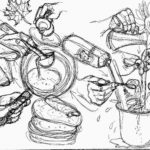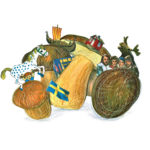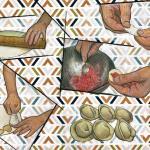There is a need to create a memory to retrieve the topic of migration from the depths of the subconscious. Especially in relation to press reports that reflect illegal pushbacks and personal destinies, there needs to be an important medium that addresses this in a different way. Migration is too far away from one’s own perception as a non-affected person. It needs to be framed in a way one can actually perceive. Often people can identify more easily with media such as films that show personal fates.
How longing for a ship can be the start of a new journey
It is a voyage into the unknown: the “Flotel Europa” should have been a new home for a child and family. It would be easy to think that this would be a normal und uplifting movie. This is not the case.
Salam,
schön, dass du da bist!
Wenn du den vollständigen Artikel lesen möchtest, melde dich hier kostenlos im Online-Magazin an: Einloggen.
Wenn du noch nicht angemeldet bist, kannst du dich hier kostenlos neu registrieren:Kostenlos registrieren.
Neben unseren Online-Artikeln erhältst du dann zusätzlich alle zwei Wochen den kohero-Newsletter mit spannenden Texten, Interviews und Hinweisen zu unseren Workshops und Veranstaltungen. Viel Freude beim Lesen!
Wenn du Fragen hast oder Hilfe bei der Anmeldung brauchst, melde dich per Mail an team@ kohero-magazin.de.
Shukran und Danke!
Deine kohero-Redaktion







